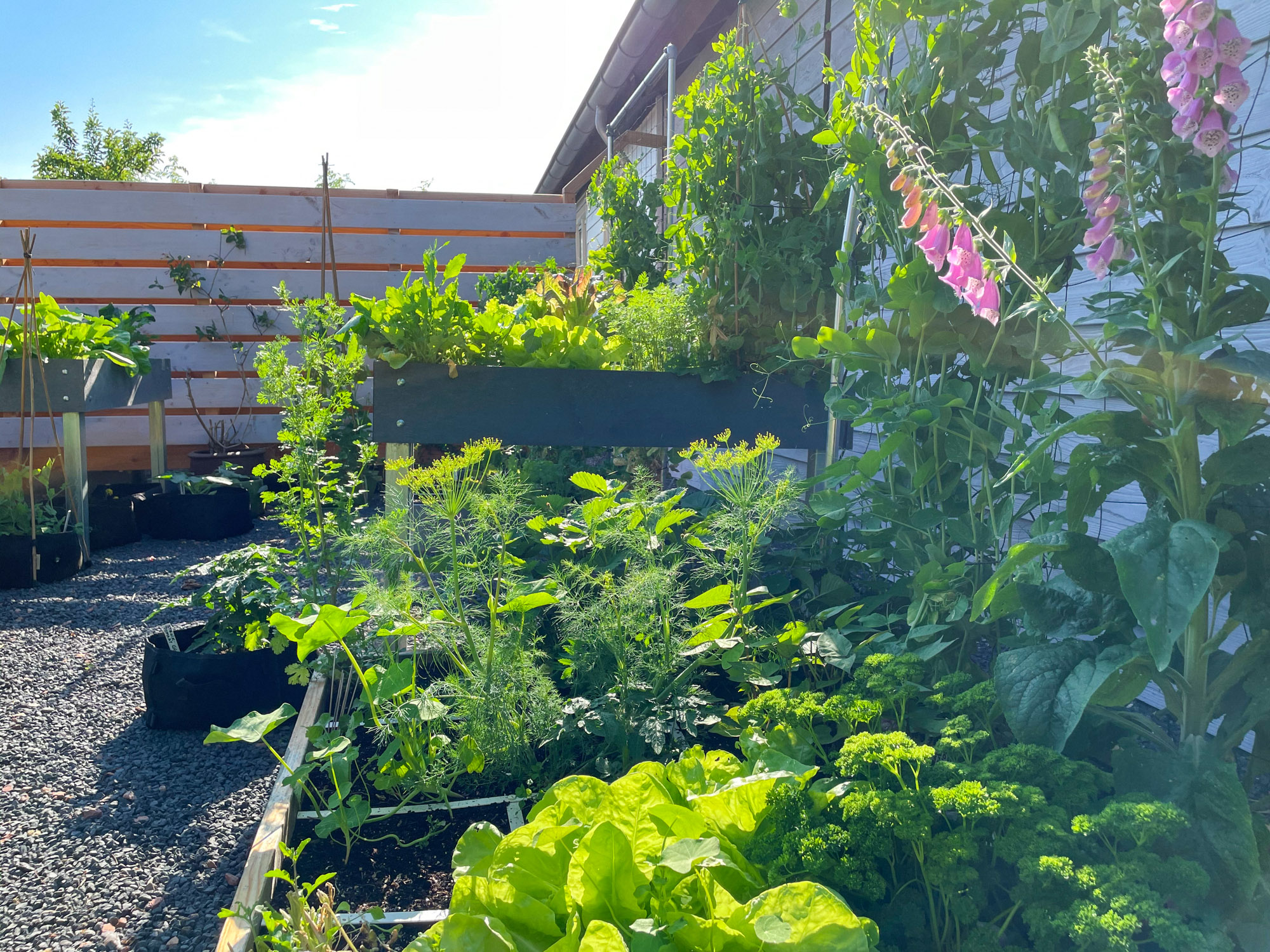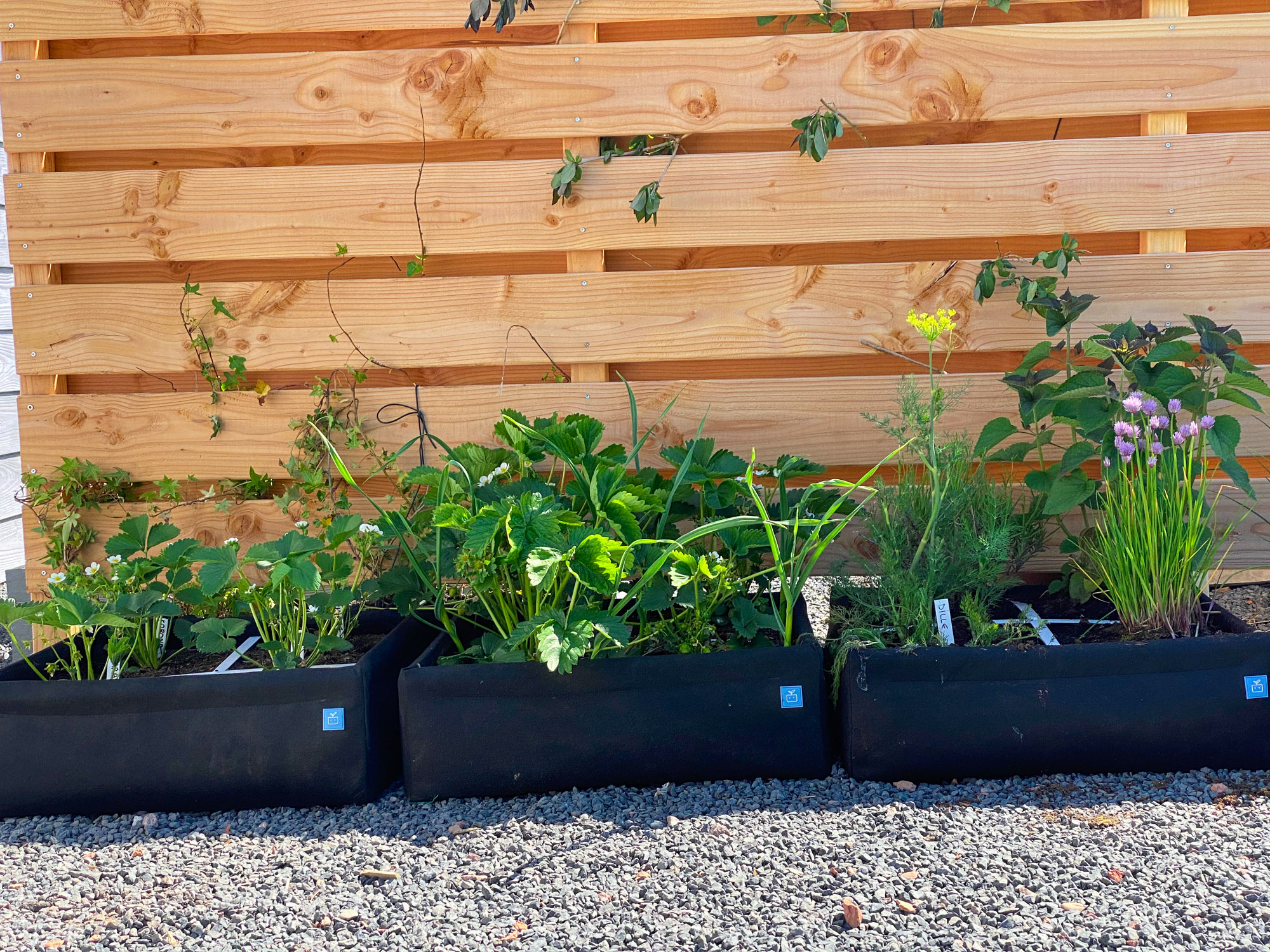- What is a Planty Garden in a nutshell?
- Hi, I'm Jelle
- Sowing in your Planty Garden
- FAQs for first time gardeners
- What can Planty Gardening do for you?
- Growing vegetables in your Planty Garden
- Plant, sow, or pre-sow?
- Harvesting as long and efficiently as possible
- Mistakes beginners make in the vegetable garden
- What isn't a Planty Garden
- Square Foot Gardening: the starting point for Planty
- About the Planty Garden
- What is a Planty Garden in a nutshell?
- Hi, I'm Jelle
- Sowing in your Planty Garden
- FAQs for first time gardeners
- What can Planty Gardening do for you?
- Growing vegetables in your Planty Garden
- Plant, sow, or pre-sow?
- Harvesting as long and efficiently as possible
- Mistakes beginners make in the vegetable garden
- What isn't a Planty Garden
- Square Foot Gardening: the starting point for Planty
- About the Planty Garden
FAQs for first time Planty gardeners
You probably have some questions. I've summed up the most common ones here.

But maybe you want to know more before you get started. You're not the only one 🙂
Looking for a quick intro to Planty Gardening?

Like the idea?
Get tips & tricks in your inbox
When you sign up, I’ll send you the top 3 things beginners get wrong. And how you can get it right.
We care about the protection of your data. Read our Privacy statement
You'll understand why we do what we do, how we do things differently from most vegetable growers, and how we skip the unnecessary, unfun stuff.

Frequently Asked Questions from beginners
FAQs and answers:
How is that possible? I lay it all out on this page.
Head to the knowledge base to read about the app
But if you want to sow your own tomatoes, there's no way around it.
Read here about pre-sowing, when to do it and when not to.

About our way of growing:

Read all about the Planty way to grow.

But if you grow in a traditional vegetable garden. the app won't help you much.
Read more about the app.
Why? Because we put all sorts of different plant families in 1 garden box. And we (almost) never sow the same thing twice in a row in the same square patch.
Compare that to a regular vegetable garden: you need your soil at least 30 cm deep, or even 45 cm deep.
About the mix, seeds, and other products:

But the most important reason is this:
You grow a lot of vegetables in a small area in a Planty Garden, so you need to use a soil mix that is made specifically for that.
You can read more about using soil mix to grow in small spaces here.
The plants do use up some of the nutrients, so once in a while you give it a nutrient boost. That's easy to do: just add a few tablespoons of our natural plant food. It's made to restore that perfect nutritional balance to your mix. You don't have to mess with other fertilizers. How great is that?
The soil mix will become more compacted after a year or so. That's because the compost and fibers in it eventually decay. But instead of removing all of it and replacing it, just top it off with fresh soil mix. For a 120x120 cm garden box that comes to about 1 bag of soil mix every year and a half.
If you don't, the only thing you really can't do without is the MM-Mix. But you can build the garden boxes yourself if you want.
For example with an MM-Airbak. It grows 4 types of vegetables in 4 square patches at once (60x60 cm). You can start for as little as €59. That includes the soil mix.

- difficult to grow
- take up a ridiculous amount of space
- always attract aphids or other pests
- are not meant for the local climate
- need to stay in their patch for a looong time
- or barely produce anything
We know exactly how these plant varieties grow too. That's important, because every stage of each plant's life is outlined in the app: Robbin made more than 1000 illustrations of them 🙂
We don't include vegetables we haven't tried out ourselves.
We test a number of new varieties every year and invite you and other Planty gardeners to try them out too. If we're all enthusiastic, it goes in the app and our seed shop. That's how new seeds make the cut.

Take our seeds: they're not officially organic, but unofficially so. They aren't certified organic, but they come from growers who work in a purely natural way and don't use pesticides.
So, the seeds are unprocessed and don't have a coating that is harmful to insects. They're not genetically modified either (non-GMO). This is super important. You grow your own vegetables for a reason, right? 🙂
We could apply for an organic label for the soil mix and nutrients without a problem. All the ingredients in them have SKAL approval, it's the combination of them all together that doesn't.
So why don't we have an organic label?
Applying for organic certification is complicated and ridiculously expensive. Many seed growers can't handle those costs.
And a label like that does not say all that much either. For example, our soil mix and nutrients are purer and more responsibly sourced than many products with a certificate.
Plus, we would have to make our products much more expensive, and we don't want that. Not for us and definitely not for you.
But because our soil mix is different from the potting soil most houseplants are grown in, be extra careful with plants that you've had longer than a year. When repotting to a larger pot, leave the existing soil and only add our soil mix to top off the pot. That way the move is easier on your plant.
You can also use our MM-Plantfood to give houseplants a nutrient boost. But be super frugal with it: most houseplants hardly need any.
Cuttings can be put directly on the soil mix too: better than potting soil. Just watch how they grow 🙂

About your garden and plants:

Only in the middle of summer, when it's really sunny, dry, and hot for days on end do you need to take action.
Just need to give your vegetables extra water and provide shade during the hottest part of the day - especially there are leafy vegetables like lettuce.
Personally, we just move the parasol over so the garden box is in its shadow. But I've seen others use sheets attached to the trellis for fuller coverage.
Here's more on how to find the best location for your garden box, what areas won't work, and what else to keep in mind.
Here's more on how to find the best location for your garden box, what areas won't work, and what else to keep in mind.
A table is ideal if you like gardening sitting or standing. Or if you have difficulty bending over or are in a wheelchair.
A bonus feature is that snails, slugs, cats, or rabbits have a tougher time reaching your plants.
But there are also some drawbacks:
- A garden table is more expensive, just because of the material. We use quality stainless steel legs so the tables will be sturdy and last for years.
- You have to water your plants a little more often than a garden box that's resting directly on the ground. The bottom of the garden table has holes in it to drain excess water faster.
- If you place a trellis on your garden table, you'll soon have to use a ladder to harvest your beans 😉
Maybe you're thinking of plants that die when the temperature drops below freezing. Like tomatoes and other summer vegetables that you first pre-sow indoors.
After mid-May, the chance of late frost is almost zero. That's when you can let the pre-sown plants get used to the outdoors.
You can find more info on that here.

But most species can be sown directly outside in your garden. Read more about that here.
Sometimes self-sowing isn't practical. For example, I prefer to buy most of my herbs.
You can read exactly how many garden boxes you need here.

If you're adding a trellis, attach it on the north side. If you can't and have to attach it on the west or east side, at least place the plants that need the most sun (e.g. tomatoes) on the south side and the rest behind them. Peas and beans can manage with a little less sun.
In a garden box on top of the ground, you can separate the mix from the substrate by putting a weed cloth along the bottom.
If you dig a hole, it's much more difficult to keep the soil mix separate, even if you use a weed mat. There's a good chance you'll scoop next to it and.
Without the height of the box, you'll also stand on the mix more often, and that's not great. Footballs and basketballs will roll into the mix sooner. A garden box provides a barrier to crawling animals. Plus, without clear sides, it's tougher to divide into clear square patches.
What you can do is bury a garden box partially in the ground. But even then you should preferably have the edges stick out above the ground around it.
With regular compost, I would first use half the usual amount. With worm compost a little less: for example a quarter.
Then watch it for a while. If you notice your plants turning yellow or not growing enough, then add a little extra.
Note: don't ever use more than the prescribed amount, because too many nutrients can be just as bad as too little.
But not all containers are suitable for a Planty Garden.
For example, I sometimes see those plastic elevated garden boxes on legs. They look nice enough, but they're not the right size, are too deep and don't have good drainage. And the material doesn't allow the soil mix - or the root ball of your plants - to breathe properly.
A real Planty Garden box must meet a number of criteria.
Still have a question?
Then you can always contact us directly.

Enjoy your Planty Garden!

Planty system
- What is a Planty Garden in a nutshell?
- Hi, I'm Jelle
- Sowing in your Planty Garden
- FAQs for first time gardeners
- What can Planty Gardening do for you?
- Growing vegetables in your Planty Garden
- Plant, sow, or pre-sow?
- Harvesting as long and efficiently as possible
- Mistakes beginners make in the vegetable garden
- What isn't a Planty Garden
- Square Foot Gardening: the starting point for Planty
- About the Planty Garden
Get tips & tricks in your inbox
When you sign up, I’ll send you the top 3 things beginners get wrong. And how you can get it right.
We care about the protection of your data. Read our Privacy Policy